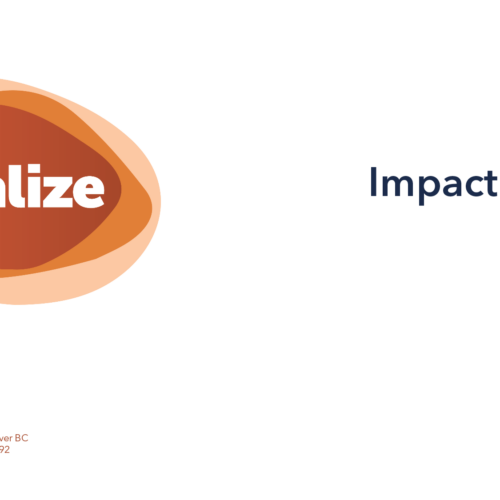Being Financially Prepared for the “New Normal”: Back to the Basics
Published on June 29, 2020
Effective financial management is a vital part of the business recovery process. Primarily, it’s about going back to basics to ensure you have a strong foundation and just taking things from there. The lessons learned during the COVID-19 pandemic will shape our organizations for generations to come. Here are six quick tips on how to ensure your organization has a strong foundation to carry you forward.
1. Cash flow monitoring and management
When things are going well and smoothly, many people only monitor their cash flow periodically. However, in the current business environment, cash flow is everything. Paying attention to when receivables come in is different from focusing on retrospective accrual accounting where it’s just important that the receivables are collected. For many organizations, managing cash flow is what will make or break survival as it provides the engine for your operations.
One of the most important metrics for you to consider when tracking your cash flow is your burn rate. Burn rate = Cash balance in prior month – Cash balance in current month. If your burn rate is negative, you’ll be able to calculate how many months of runway you have remaining until your cash reserves are depleted.
2. Deferring loan repayments
Sometimes, you just have to ask. Proactively approaching your lenders and asking for more favourable terms or even extending your term, may provide some much-needed relief. In fact, many institutions are offering installment or interest relief as a means of providing support during COVID-19. Make sure you’re taking full advantage of all of the allowances that are currently being made – as long as you’re not bumping up against penalties or interest.

3. Scenario planning
Now that we’ve been in the thick of this global pandemic for around 4 months, the good news is that we now have 6 months (including 2 months before the pandemic) of useful data to forecast with. If you’ve got this far, it’s likely that you have some sort of proof of concept for how to move forward, and that you have the data to predict the potential risk of a possible second wave of COVID-19. While the past does not predict the future, it’s still a vital element of strategic planning.
Best practice suggests that instead of doing the usual single forecast, it would be wise to work with three scenarios – best case, likely case, and worst case. The exact specifications of your forecast will be influenced by when your fiscal year falls. Once your financial scenario plans are in place, you can set about making tentative plans for how to survive, or even thrive, in the next few months. Once the next few months have passed by and we have even more data to play with, you can update your scenario plans accordingly.
4. Create a reserve
This one is quite intuitive, but never underestimate the importance of cash reserves. By building up a rainy-day fund, you’ll gain breathing room and flexibility that will enable future planning and will enable you to make ends meet in a crisis such as COVID-19. Although this may not be feasible right now, it is something important to consider for the future.
5. Minimize financial leakage
In every organization there is room for small changes that will lead to cost-savings. Oftentimes, you can save money in ways that no one will really notice and don’t require drastic over the top budget slashes. This will ensure your money is going towards the important things such as human capital, paying bills, and program delivery. For example, do you need a postage machine when you send one letter a week? Do you need multiple printers? Do you need to pay for Slack, Zoom and Dropbox if you already have access to the full Microsoft Office Suite? What about managed IT services – is there enough complex work to make this necessary or can these tasks be handled in-house? Do you use VoIP for phone calls? Can you repurpose technology? Can you sell any old assets?
6. Communicate transparently with your staff
An important part of financial management during tumultuous times is remaining open and honest with your employees. Your scenario plans will provide the data for you to communicate a realistic, pragmatic viewpoint. If your financial forecasts are dire, you don’t want to just spring this onto your team out of the blue. In general, people will be more accepting of devastating news if they have a strong understanding of the financial context. And if you’re doing OK, it’s important to give your employees peace of mind. Whether it’s good or bad news, it’s important to communicate your organization’s financial situation and forecasts with employees so that they can better plan for their own personal scenarios and have trust in the organization.
Contributors




